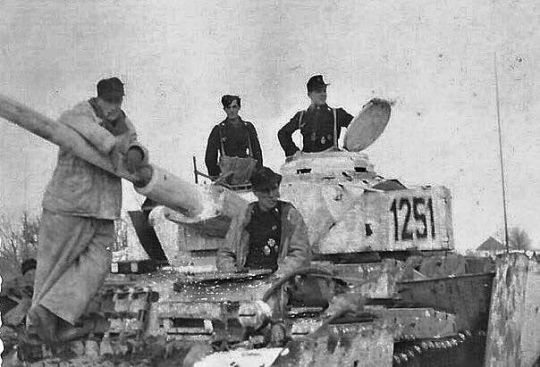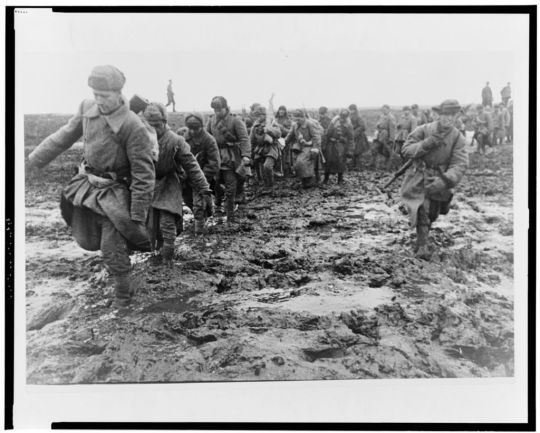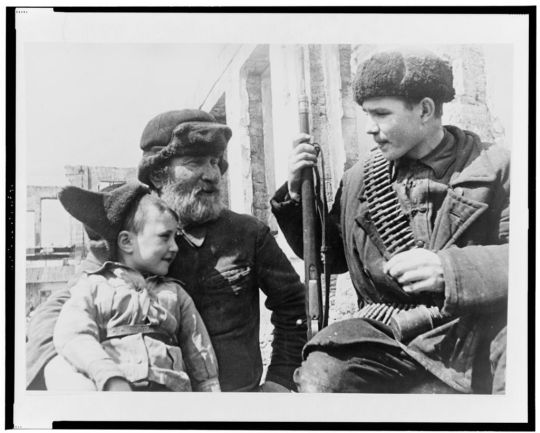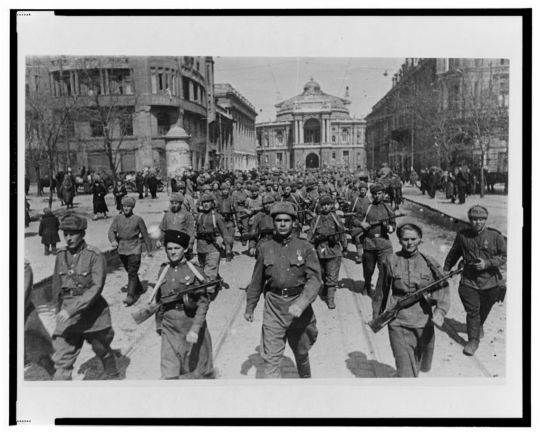#dnieper–carpathian offensive
Text

Equipage d'un panzer IV Ausf. H n° 1251 de la 24e Panzerdivision – Offensive Nikopol-Krivoi Rog (partie de l'offensive Dniepr-Carpates) – Nikopol – Union soviétique – Janvier-février 1944
#WWII#front est#eastern front#offensive dniepr-carpates#dnieper–carpathian offensive#nikopol–krivoi rog offensive#offensive nikopol-krivol rog#armée allemande#german army#wehrmacht#heer#24e panzerdivision#24th panzer division#nikopol#union soviétique#soviet union#urss#ussr#01/1944#02/1944#1944
37 notes
·
View notes
Photo



Odessa (Ukraine, 1944):
Battle for Odessa: Soviet soldiers looking at a map.
Soviet soldiers marching through a muddy field near Odessa.
Partisans: a young man with a rifle, bandolier and grenade talking with an older man and younger boy.
10 notes
·
View notes
Text
Background Wiki style:
Was a military campaign between the German Army Detachment “Narwa” and the Soviet Leningrad Front fought for possession of the strategically important Narva Isthmus on 2 February – 10 August 1944 during World War II.
The campaign took place in the northern section of the Eastern Front and consisted of two major phases: the Battle for Narva Bridgehead (February to July 1944)[6] and the Battle of Tannenberg Line (July–August 1944).[7] The Soviet Kingisepp–Gdov Offensive and Narva Offensives (15–28 February, 1–4 March and 18–24 March) were part of the Red Army Winter Spring Campaign of 1944.[8] Following Joseph Stalin‘s “Broad Front” strategy, these battles coincided with the Dnieper–Carpathian Offensive (December 1943 – April 1944) and the Lvov–Sandomierz Offensive (July–August 1944).[8] A number of foreign volunteers and local Estonian conscripts participated in the battle as part of the German forces. By giving its support to the illegal German conscription call, the underground National Committee of the Republic of Estonia had hoped to recreate a national army and restore the independence of the country.[9]
As a continuation of the Leningrad–Novgorod Offensive of January 1944, the Soviet Estonian operation pushed the front westward to the Narva River, aiming to destroy “Narwa” and to thrust deep into Estonia. The Soviet units established a number of bridgeheads on the western bank of the river in February while the Germans maintained a bridgehead on the eastern bank. Subsequent attempts failed to expand their toehold. German counterattacks annihilated the bridgeheads to the north of Narva and reduced the bridgehead south of the town, stabilizing the front until July 1944. The Soviet Narva Offensive (July 1944) led to the capture of the city after the German troops retreated to their prepared Tannenberg Defence Line in the Sinimäed Hills 16 kilometres from Narva. In the ensuing Battle of Tannenberg Line, the German army group held its ground. Stalin’s main strategic goal—a quick recovery of Estonia as a base for air and seaborne attacks against Finland and an invasion of East Prussia—was not achieved. As a result of the tough defence of the German forces the Soviet war effort in the Baltic Sea region was hampered for seven and a half months.[10]
Stay tuned for a video look thru the elements of the game and some minor insights on the prior version!
Narva Un-Zipping! Background Wiki style: Was a military campaign between the German Army Detachment "Narwa" and the Soviet
0 notes
Photo

Tir de barrage de lance-roquettes multiple BM-13 Katioucha sur châssis de camions américains Studebaker US6 – Offensive Dniepr-Carpates – Région des Carpates – Ukraine – 1944
Photographe : Arkady Shaikhet
#WWII#Front de l'Est#East Front#Offensive Dniepr-Carpates#Dnieper–Carpathian offensive#Armée soviétique#Soviet army#Armée rouge#Red Army#Artillerie#Artillery#Lance-roquettes multiple#multiple rocket launcher#BM-13#Katioucha#Katyusha#Arkadi Chaïkhet#Arkady Shaikhet#Carpates#Carpathian#Ukraine#1944
11 notes
·
View notes
Photo

The 8th Guard of the Army of General Chuikov (62nd Stalingrad Army) on the streets of Odessa (Ukraine, April 1944).
10 notes
·
View notes